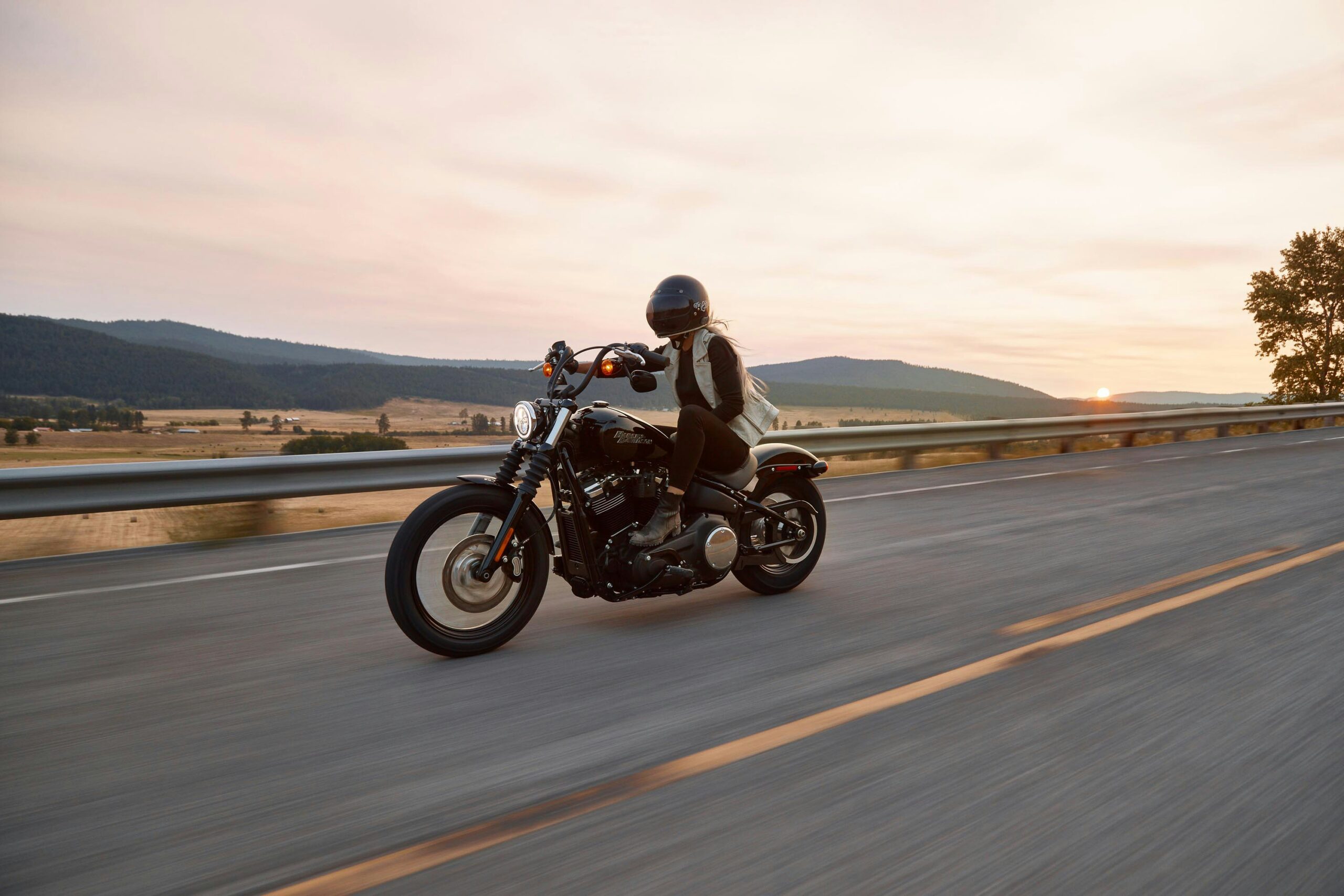Riding a motorcycle offers freedom and excitement, but it also calls for responsibility and awareness on the road. Staying safe on the road depends on defensive riding since it lets motorcyclists anticipatepossible hazards and respond proactively.
Here are some defensive riding techniques that motorcyclists must master.
Position Yourself for Maximum Visibility
Maintaining constant visibility to other road users is one of the most crucial defensive riding strategies. Always ride with the assumption that other drivers cannot see you. It’s imperative to position oneself such that you are seen in the mirrors of a car or through intersections. Ride in places where drivers can clearly see you to avoid blind spots and guarantee that you have a means to escape if traffic situations change suddenly. This is especially important when approaching intersections or merging lanes, as other drivers may not notice you right away.
Anticipate Road Hazards and Adjust Speed Accordingly
Anticipating possible road hazards and changing your pace in response is another important defensive riding strategy. Look for possible hazards—such as gravel, potholes, or other debris—constantly and change your speed to prevent abrupt movements. Be prepared for sudden stops and changes in traffic flow. Maintaining a safe following distance offers you more time to react to unanticipated challenges when riding at higher speeds. Changing your speed to fit traffic patterns and road conditions not only improves safety but also increases your likelihood of avoiding collisions, especially in erratic circumstances. This strategy also gives you the time to respond in cases when aggressive driving from other drivers may occur.
Master Your Bike’s Handling in Emergency Situations
Every rider has to learn the ability to control their motorcycle in case of an emergency.Maintaining control of your bike is absolutely vital whether you are swerving to escape a hazard or making an emergency stop. To guarantee that you stop as quickly and safely as you can, practice correct braking methods incorporating front and rear brakes simultaneously. Steering clear of slamming the brakes will help to preserve control. Moreover, instead of overreacting with quick turns, practice swerving to avoid obstacles while keeping the bike stable. Unexpected events can strike anyone; therefore, learning how to respond calmly and strategically helps to avoid mishaps. Regular practice helps motorcyclists improve their skills and guarantees that, when needed, their response is instinctive.
Stay Alert and Avoid Riding While Fatigued or Distracted
Defensive riding depends mostly on staying attentive and focused. Your reaction time and decision-making will be much compromised by tiredness and distractions, therefore raising your risk of an accident. Never ride under the effects of drugs, alcohol, or even tiredness. It is far more difficult to react to sudden environmental changes when one lacks concentration or attention on the road. It’s best to take a break if you feel bored or distracted rather than run into the danger of an accident. Keep your eyes on the road; refrain from activities like using a phone while riding. Driving tired or distracted could cause risky circumstances, so you reduce the likelihood of accidents by ensuring that your focus remains sharp.
Be Aware of Surrounding Traffic and Anticipate Their Moves
Defensive riding requires constant awareness of the surrounding traffic and the ability to anticipate what other drivers might do. Watch for signs of aggressive or inattentive driving, such as tailgating or abrupt lane changes without signaling. Since not all road users are as cautious as they should be, never assume that other vehicles will respect traffic laws. To protect yourself from potential accidents, always maintain a safe distance from other cars and stay prepared for unexpected movements. If you notice a driver swerving or acting erratically, adjust your position or speed to avoid a possible conflict. Developing strong situational awareness gives you the advantage of reacting quickly if needed. However, if you do get into an accident, it’s essential to contact a California motorcycle accident lawyer, for example, to help navigate the legal process and ensure you receive the compensation you deserve for any injuries or damages.
Conclusion
Ensuring your road safety as a motorcyclist depends on you learning defensive riding tactics. As you hone these defensive skills, you will improve in navigating the road with confidence and lower the risk of an accident.



